Honda RS500
When Honda announced (at the end of 1977) it would return to Grand Prix racing it was with the highly ambitious 4-stroke NR500 project that was basically a V8 with four pairs of conjoined cylinders. After debuting at the British GP in late 1979 the NR500 was campaigned without any GP success until the project was dropped at the end of 1981.
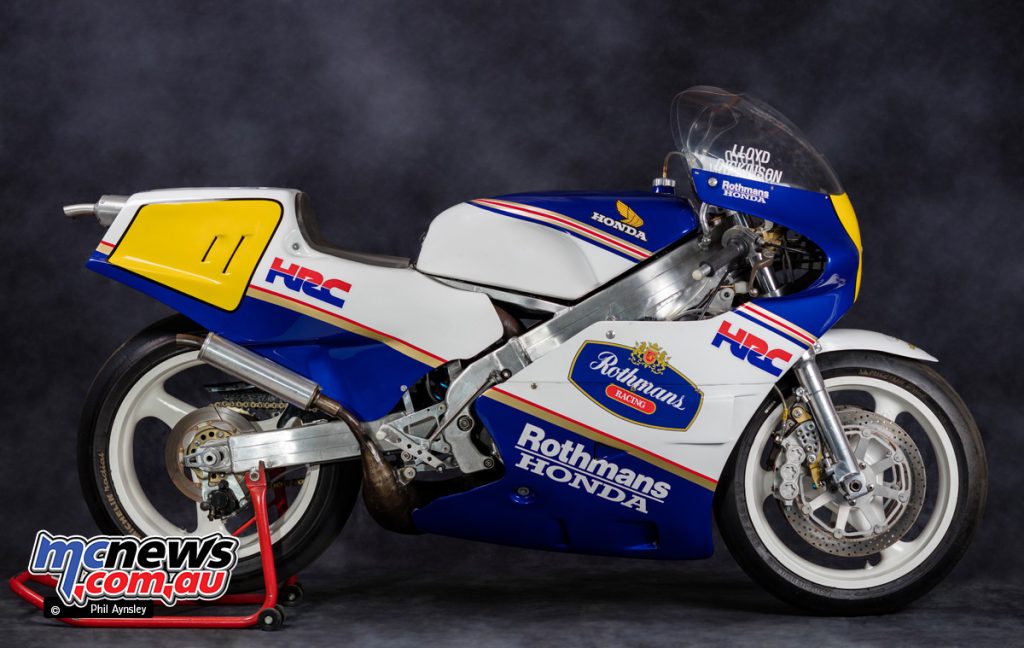
Bowing to the inevitable its replacement was 2-stroke powered but unlike its four cylinder competition, the NS500 was a 112º V3. Freddie Spencer went on to win the 1983 title on the NS500.
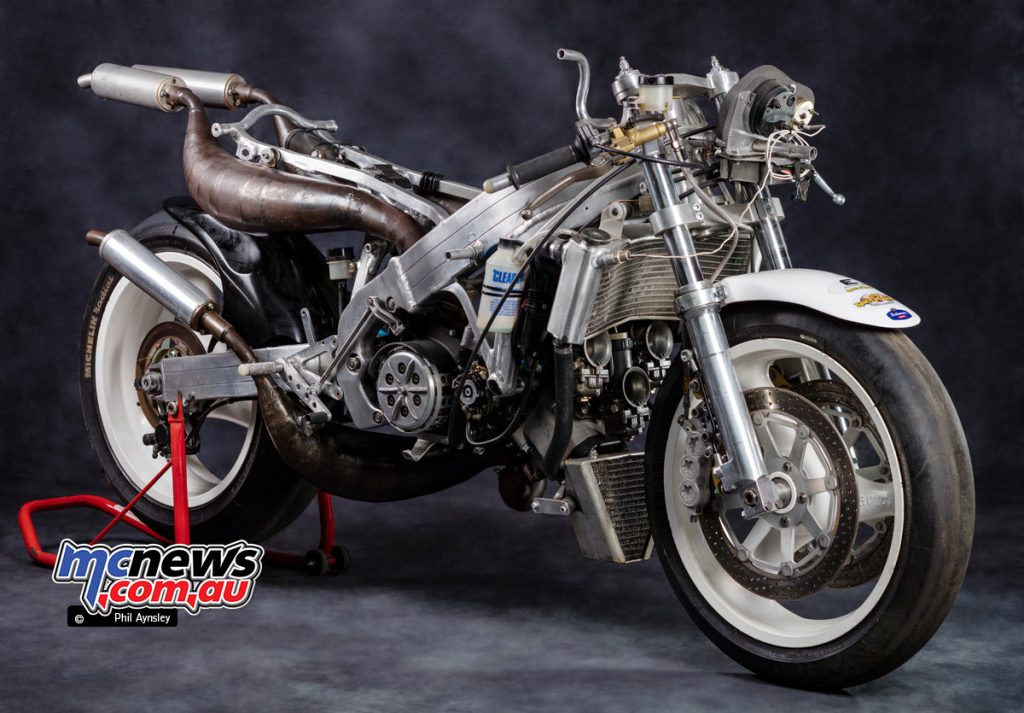
Beginning in 1982 (and continuing through to 1988) Honda began producing a limited number of RS500Rs for importers’ teams and privateer use. These were very close to the NS specification apart from using less exotic materials to keep the cost (if not the weight) down.
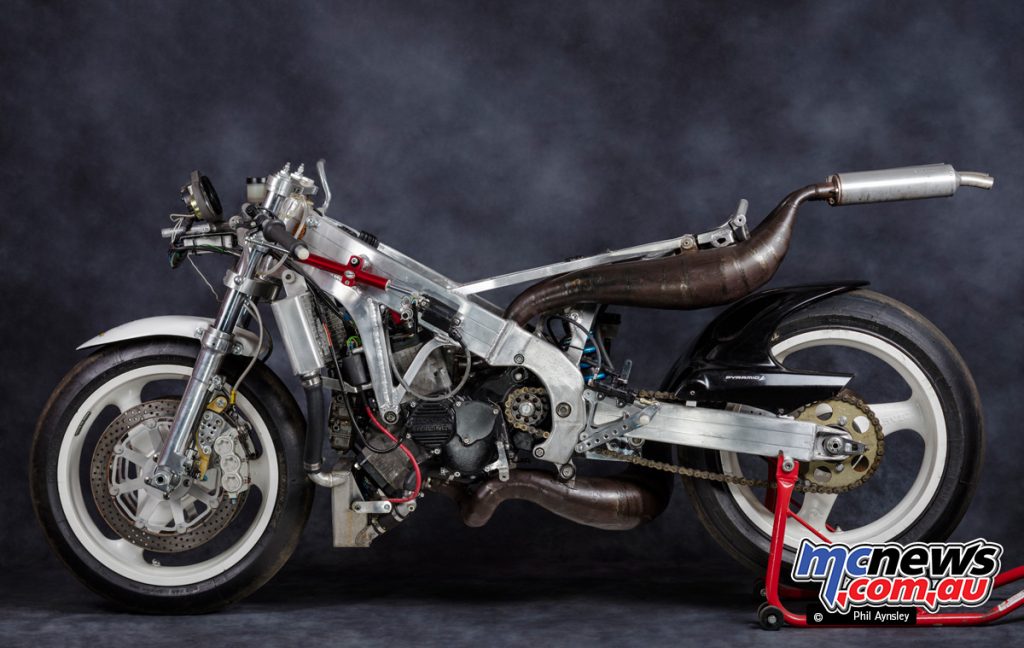
Whereas the NS500 weighed in at 108 kg (dry) the RS came in at 125 kg. One example of this was the use of alloy composite wheels on the RS instead of the carbon-fibre on the NS.
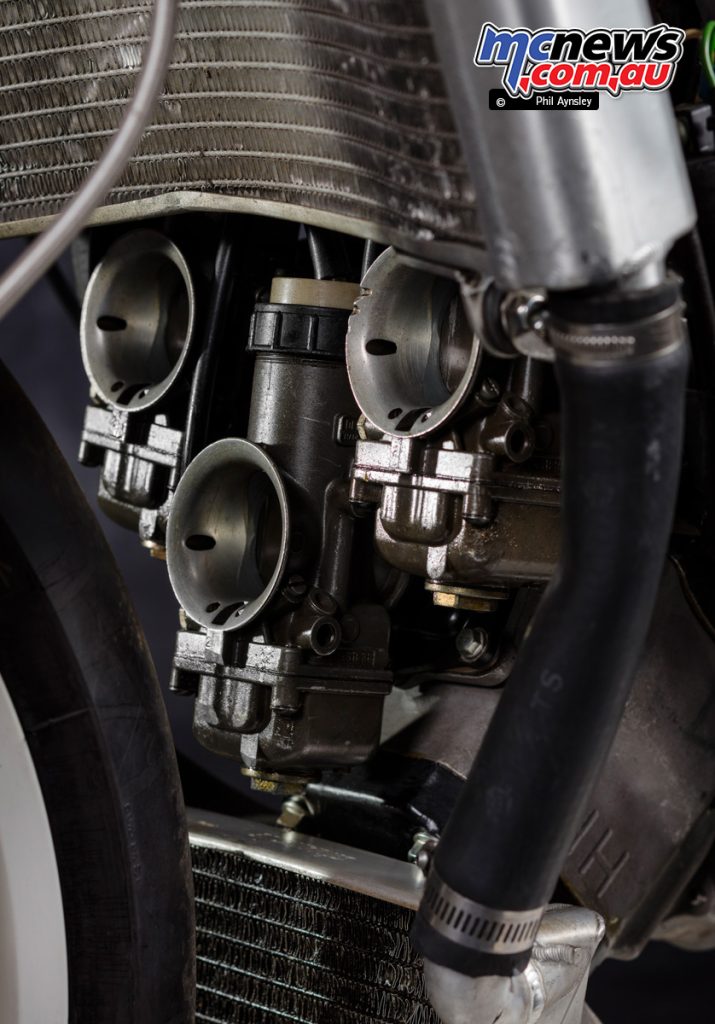
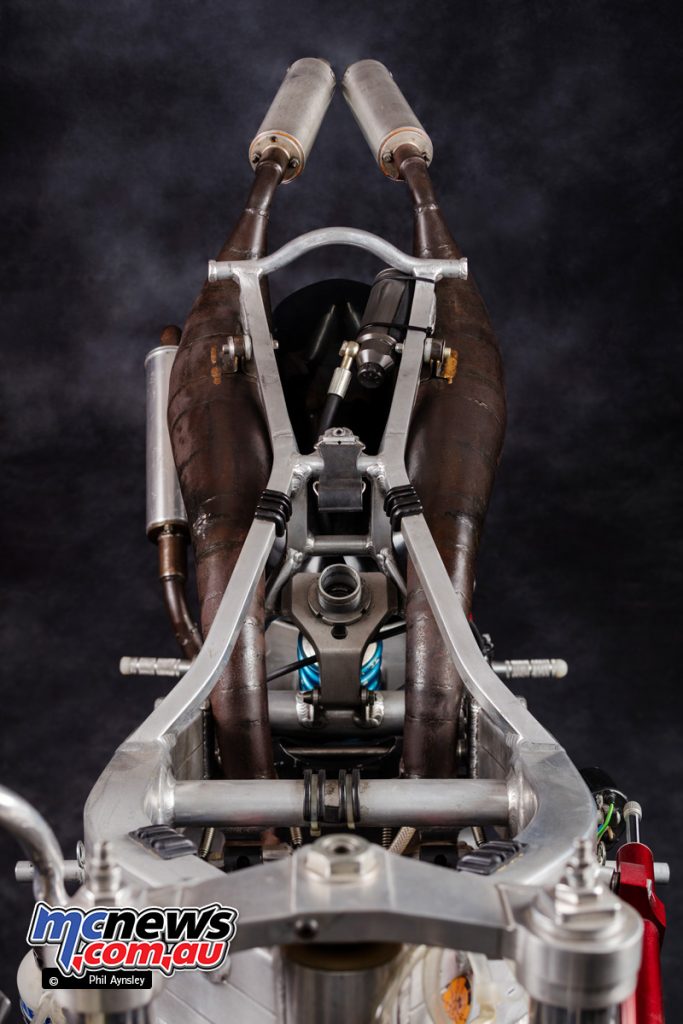
Likewise the use of aluminium rather than magnesium for the engine cases etc. The output was also 5 hp less – 120 hp at 11,500 rpm. 34 mm carburettors were standard but 38 mm units are fitted to this bike.
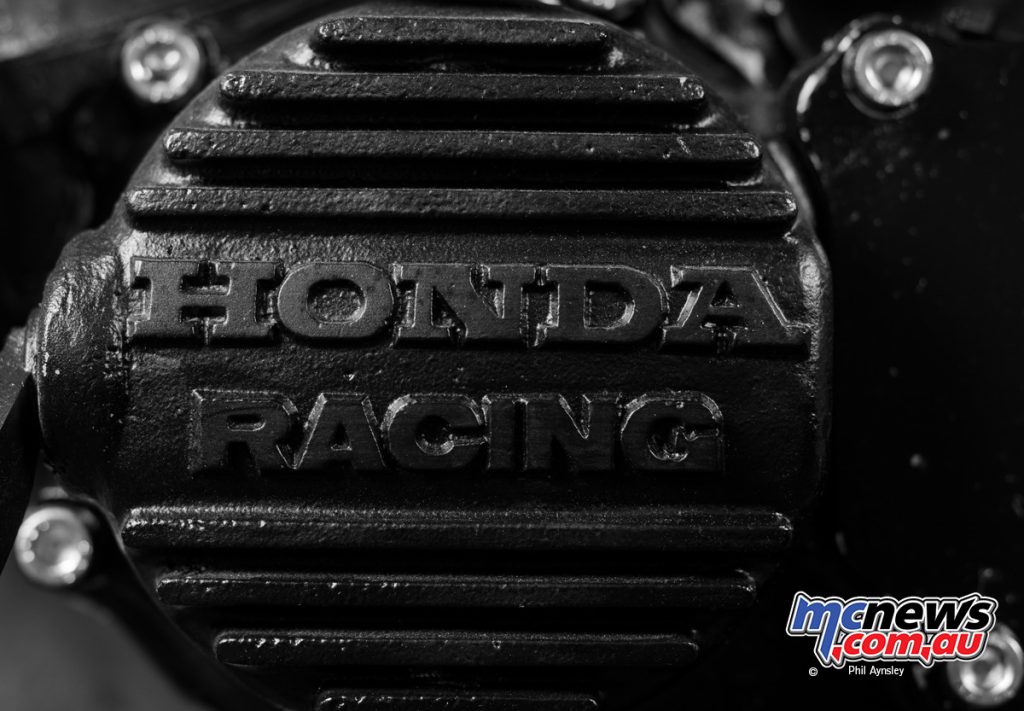
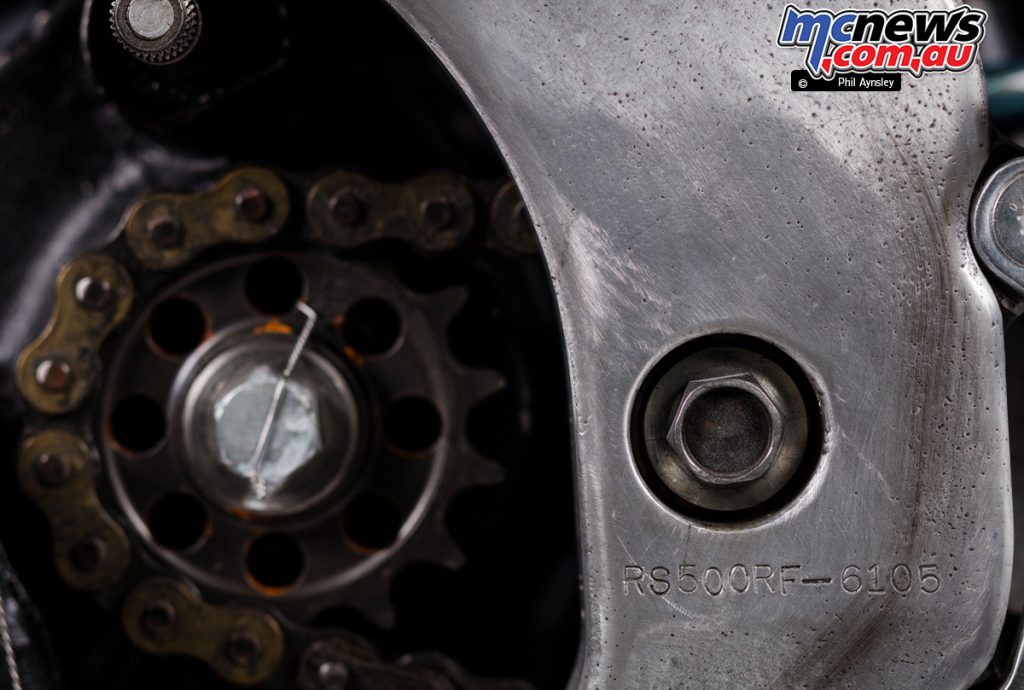
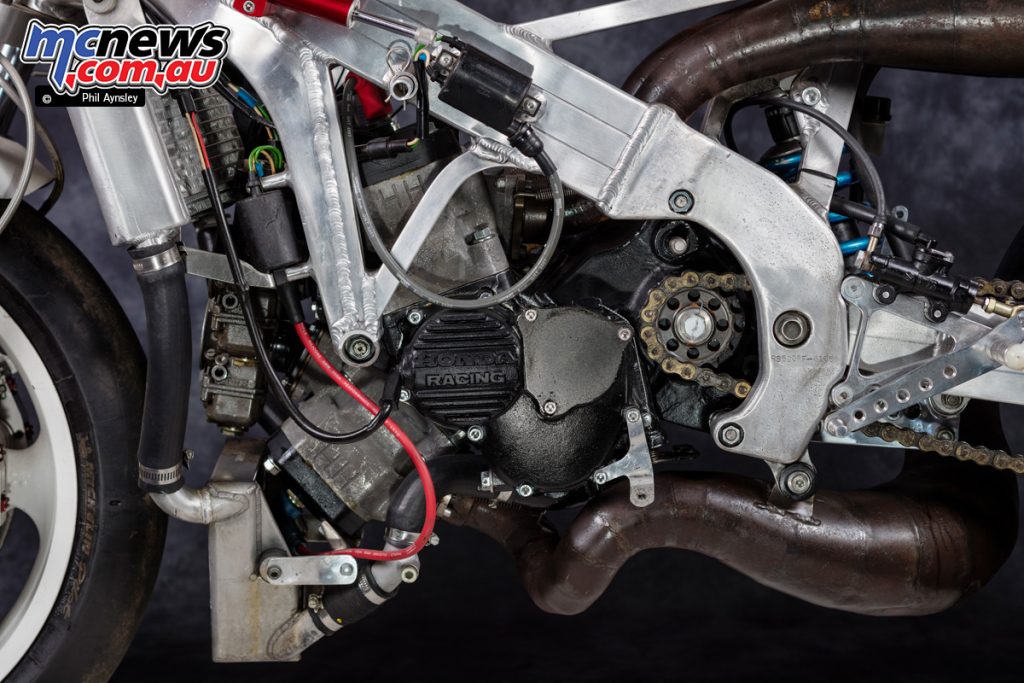
The RS500 became a popular choice for privateers with Simon Buckmaster’s second place in the wet 1989 Italian GP being its best result. The NS (while having been replaced by the four cylinder NSR in ’84 for the factory team) was still being campaigned by satellite teams and continued to score numerous podiums in the hands of riders such as Randy Mamola, Ron Haslam and Raymond Roche.
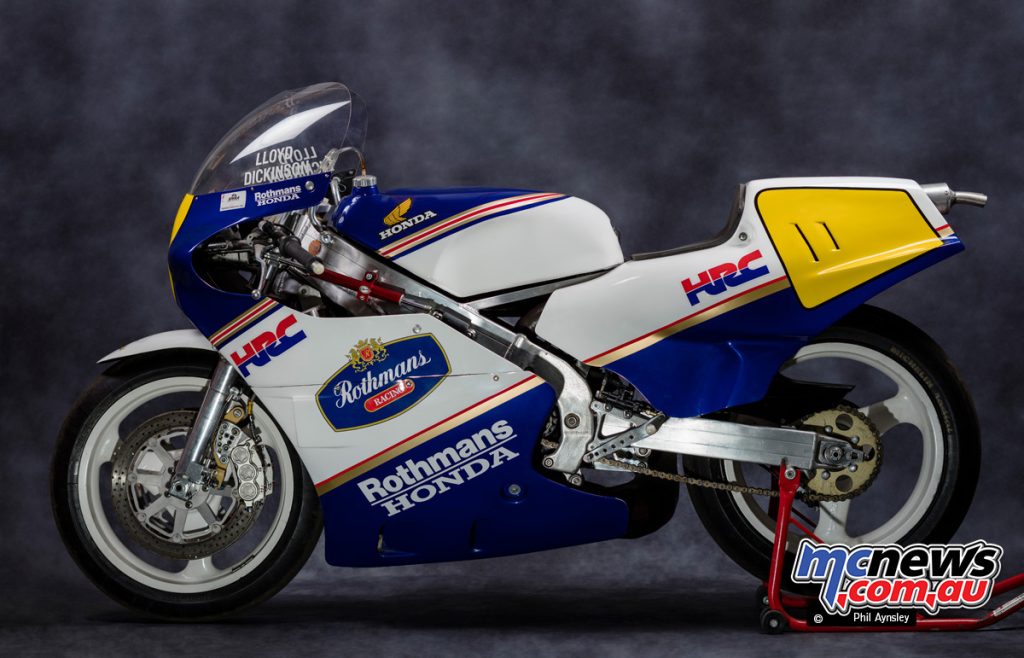
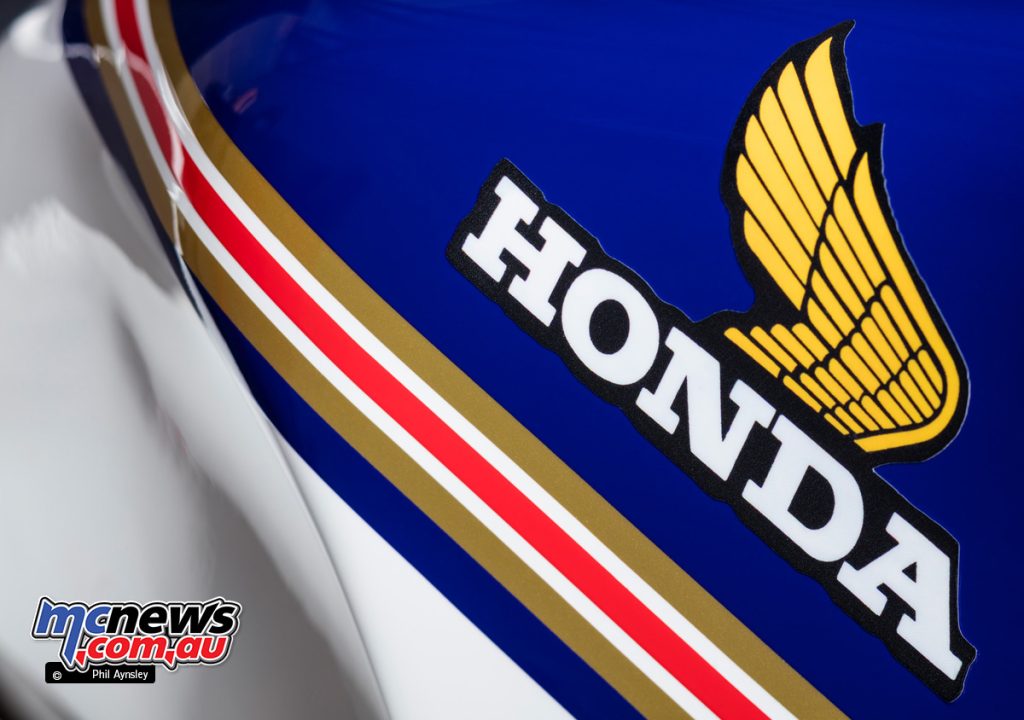
Andrew Johnson debuted the RS500 in Australia at Bathurst in 1983, winning the 500 cc GP by a wide margin and breaking the class track record by 4.79 seconds! He also won and set the outright lap record in another race, lowering it by 0.71 seconds.
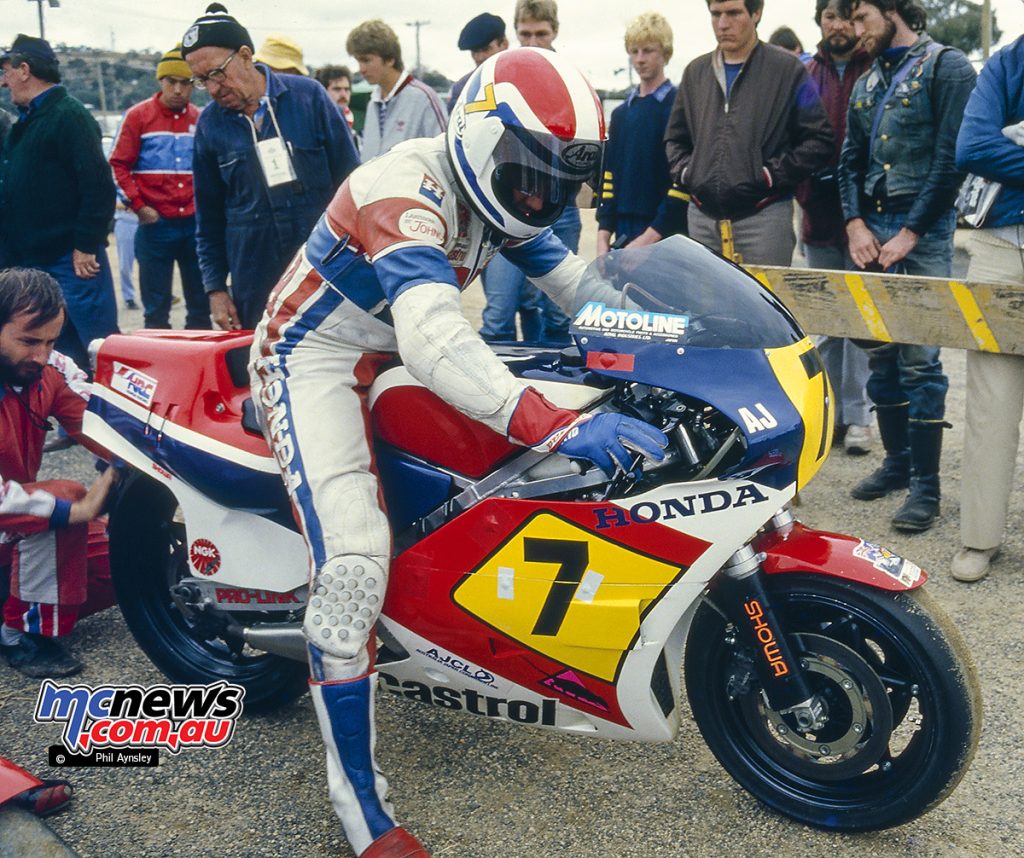
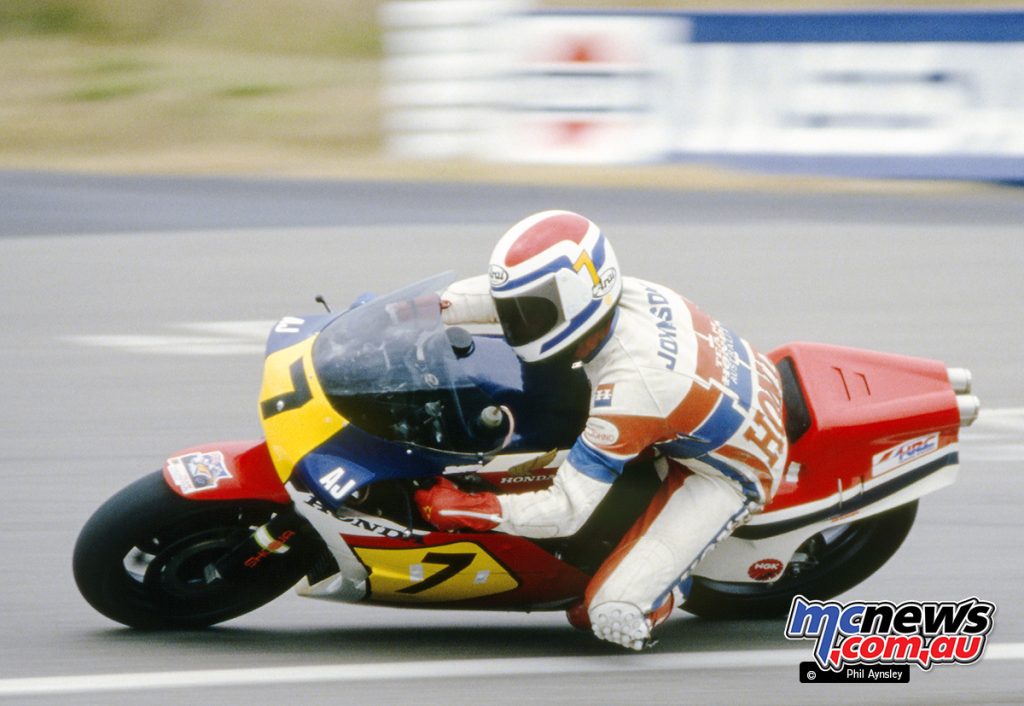
When first introduced the RS500 used an alloy box-section frame but this was changed to an alloy beam chassis in 1986. The reed-valve motor was also updated at the same time with the addition of Honda’s ATAC system (their response to Yamaha’s Power Valve), which was fitted to the top two cylinders only.
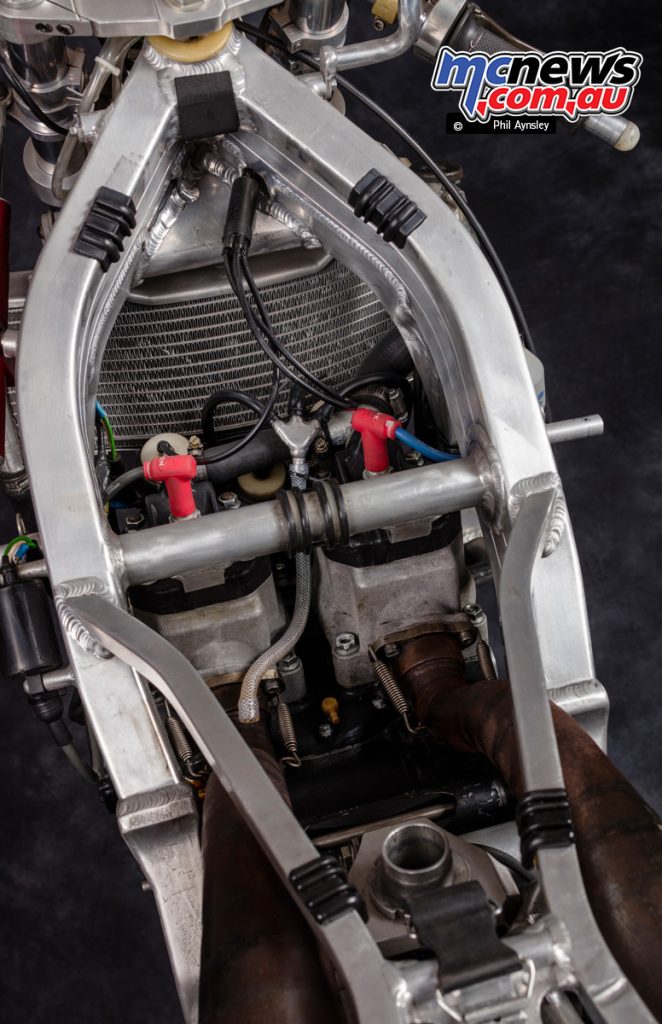
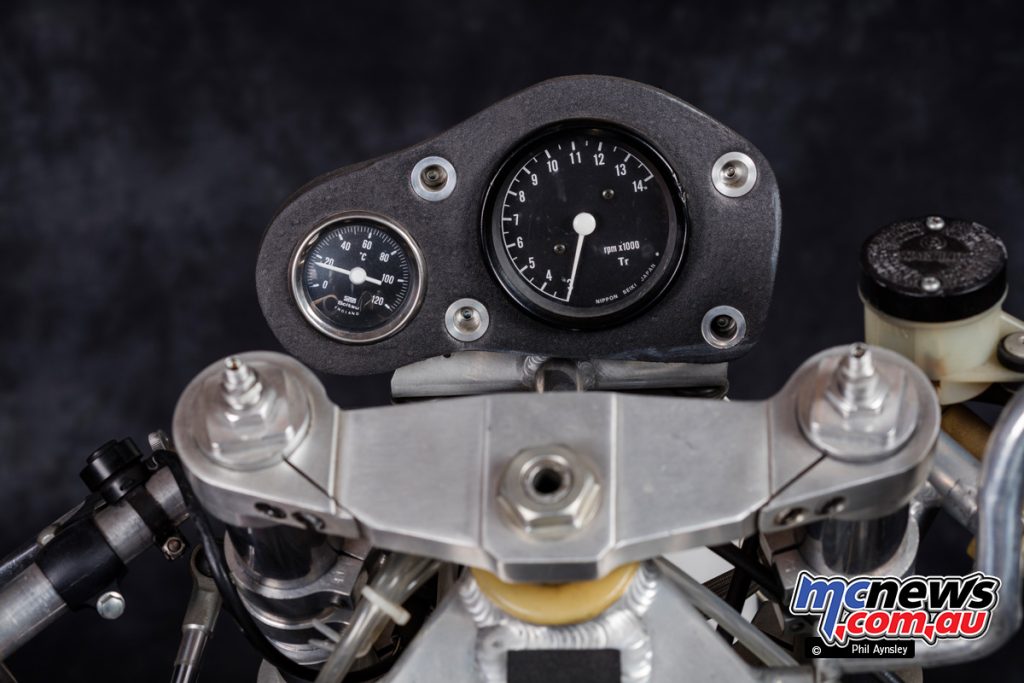
The lower expansion chamber’s cross section and routing was changed as well. The distinctive oval section silencers had been swapped for cylindrical items the year before (’85).
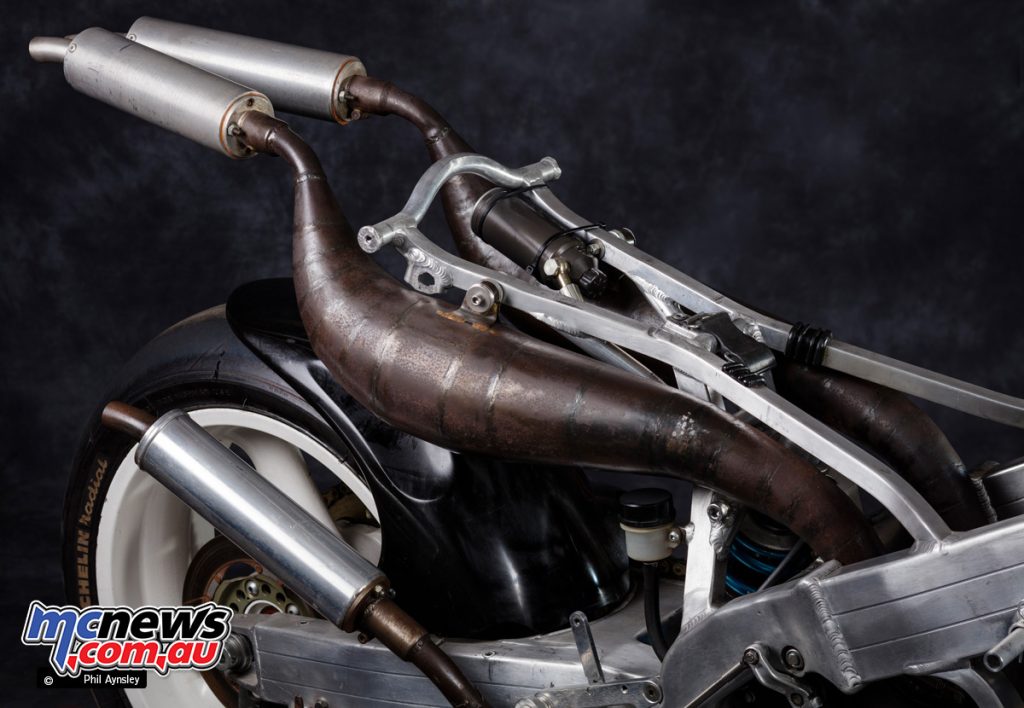
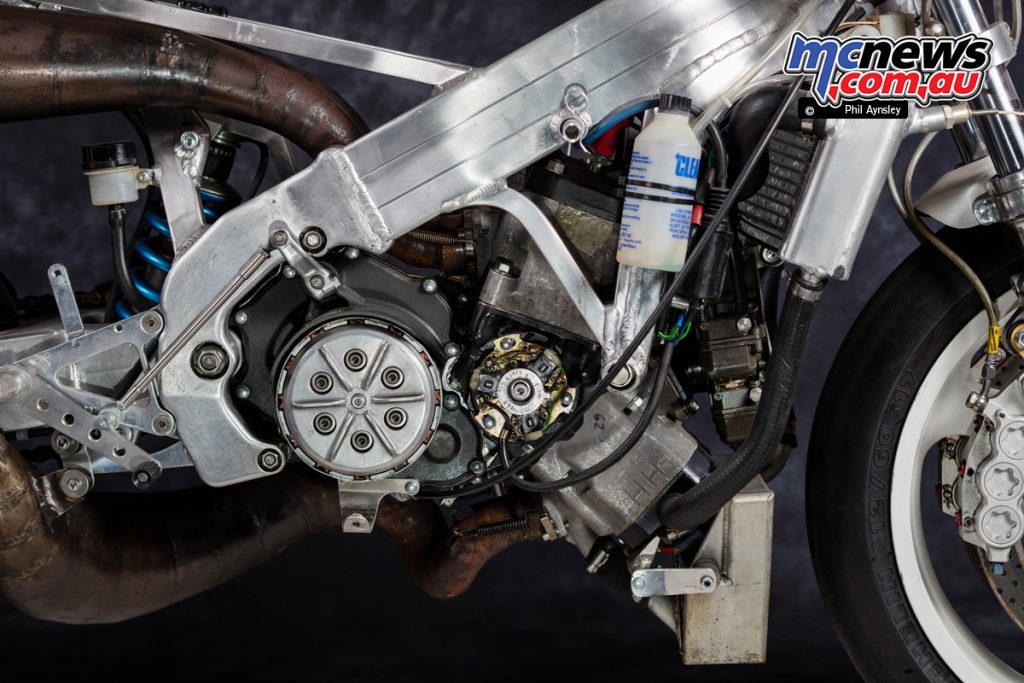
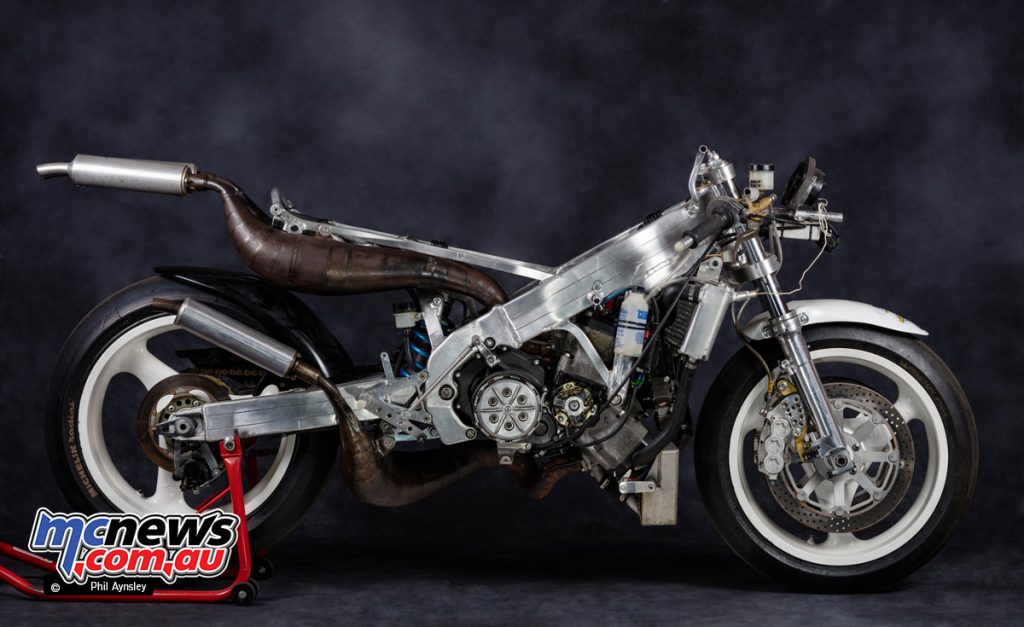
This particular bike, an RS500RF, was campaigned by Swiss rider Niggi Schmashman in 1988 and has since been repainted in the factory team’s Rothmans livery.
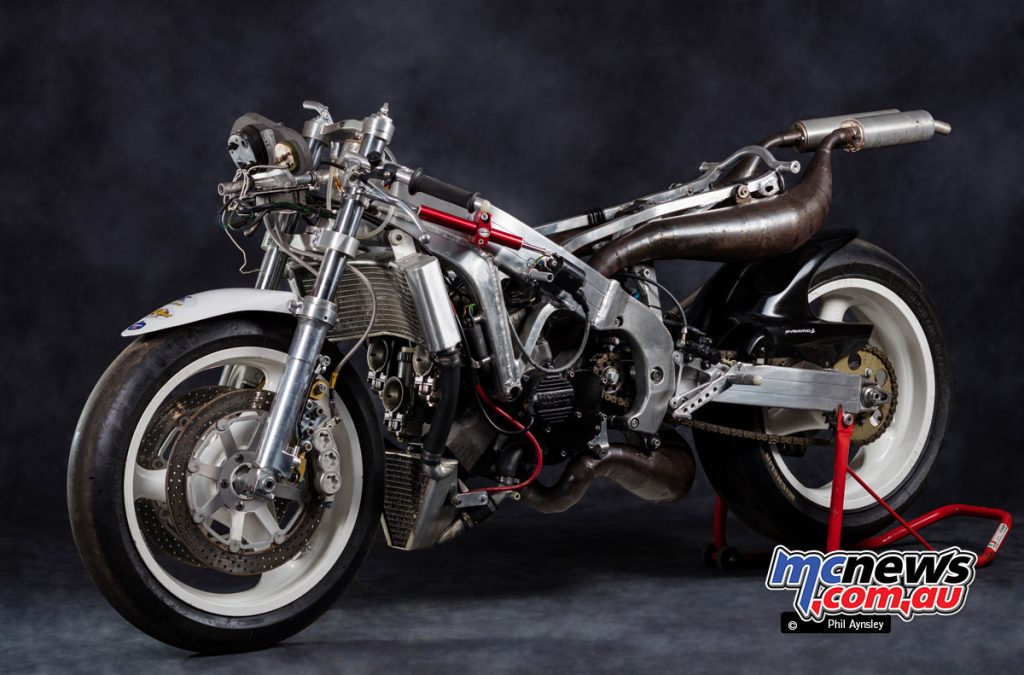
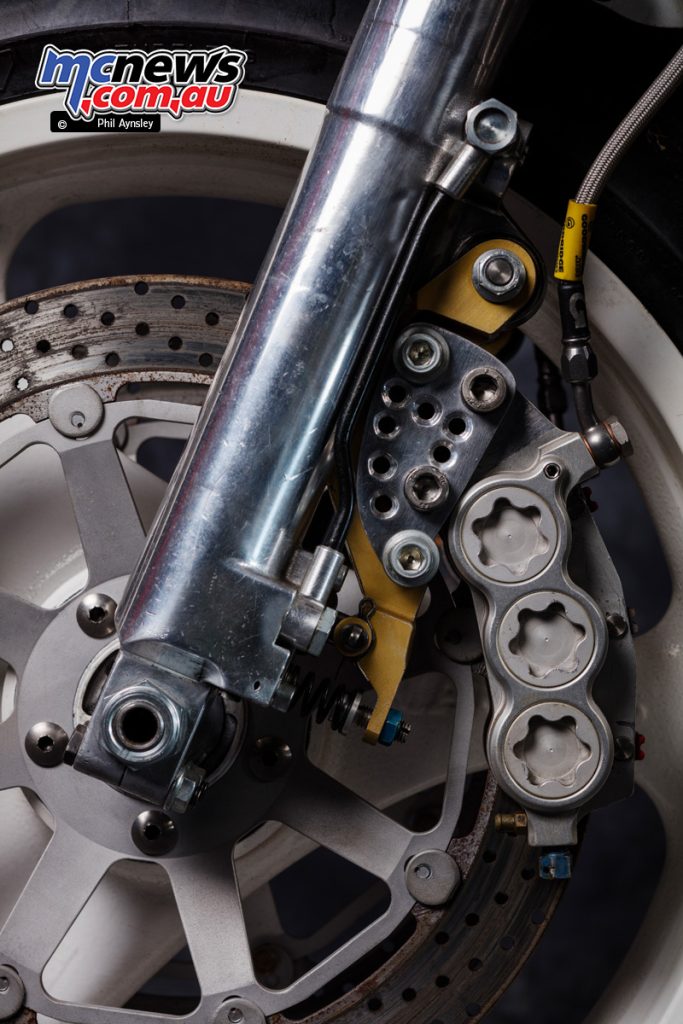
It was fitted with Hans Hummel (HH) barrels after the original barrels (with ATAC) cracked. Swedish ISR brake calipers are used in place of the standard Nissin units.

